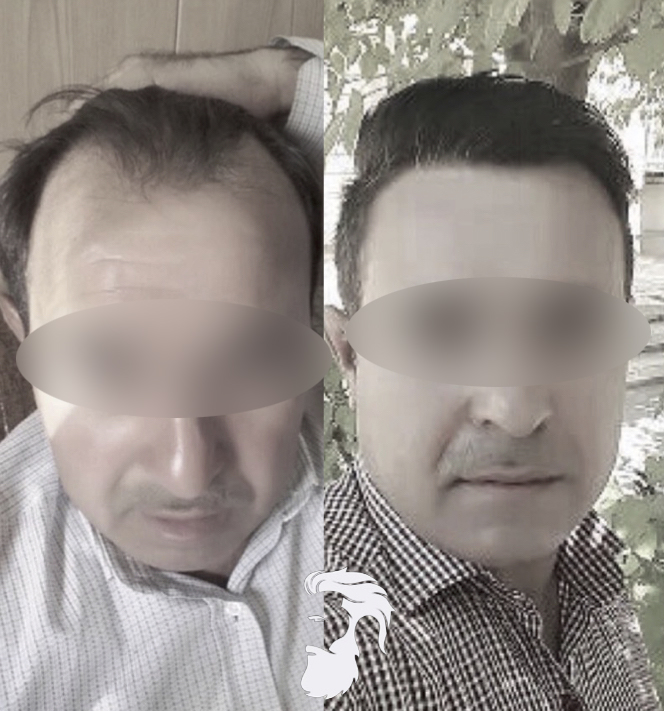Glossary
Main definitions of a vocabulary about hair and hair transplant.
-
Acute generalized alopecia
Acute generalised alopecia is the phenomenon of a rapid loss and an important number of hair. This phenomenon is observed in men and women who have endure an emotional shock. This loss is also seen after certain surgeries or after chemotherapy. Usually, everything goes back to normal after the end of the treatment.
-
Alopecia
Alopecia is defined as the permanent hair loss on one or several areas of the head.
-
Androgenetic alopecia
The permanent loss of hair is caused by androgen, that's why when we talk about permanent or partial loss of hair we talk about androgenetic alopecia. It is caused by the harmful effects of hormones but also the genetic and family susceptibility.
-
Bald
The word bald is used in everyday language to refer to a person who shows signs of baldness or permanent hair loss.
-
Baldness
Baldness is the permanent hair loss on the head. The word baldness comes from the latin calvus which literally means bald. Baldness can concern one or several areas on the head.

-
Donor site
It is the site where are taken follicular units, which will be used for hair retransplantation. As a general rule, it corresponds to the area of the hippocratic crown.
-
Follicular unit
Hair emerges from the scalp by little group of 1 to 4 hair. Each small group bears the scientific name of follicular unit.
-
Hair
Hair defines itself as an element of pilosity located on the head of a man or a woman.
-
Hair bulb
The hair bulb represents the root of the hair. It is within the hair bulb that the shaft is going to give birth to hair.
-
Hair loss
Hair loss and more particularly the daily loss of hair is a natural phenomenon which corresponds to the renewal of hair. It is normal to observe a daily loss of about 80 hair. This number can increase during the change of season or an emotional shock but also the change of some medical treatments.
-
Halmiton's classification
This classification allows to measure the level of alopecia in man. This ranking is composed of 7 stages according to the importance and the extent of bald areas.
-
Hippocratic crown
This hair area located around the skull, going from one ear to the other, at the level of the neck corresponds to the last stage of male baldness. It is is in general saved from the harmful effects of hormones. This area is also called «eternal » because hair doesn't fall. This name reminds us of a reknown doctor of the Antiquity, Hippocrates, who was one of the first doctors in the world. He had the particularity of having this type of alopecia.

-
Local anaesthesia
Local anaesthesia allows to perform a procedure onto a precise area, so that the patient doesn't feel any discomfort or pain.
-
Ludwig's classification
This classification allows to measure the level of alopecia in woman. This ranking is composed of 3 stages according to the importance and the extent of bald areas or the lightening of hair.
-
Recipient site
It is the bald or thinning area where follicular units that are taken are going to be retransplanted.
-
Scalp
Scalp corresponds to the whole of skin that covers the head. It is the place that allows hair to grow.
-
Telogen effluvium
Telogen efluvium is a phenomenon of important hair loss during a short time. Although shocking this phenomenon isn't permanent. Hair grows back once the triggering element of stress and deficiency in vitamins is resolved.


